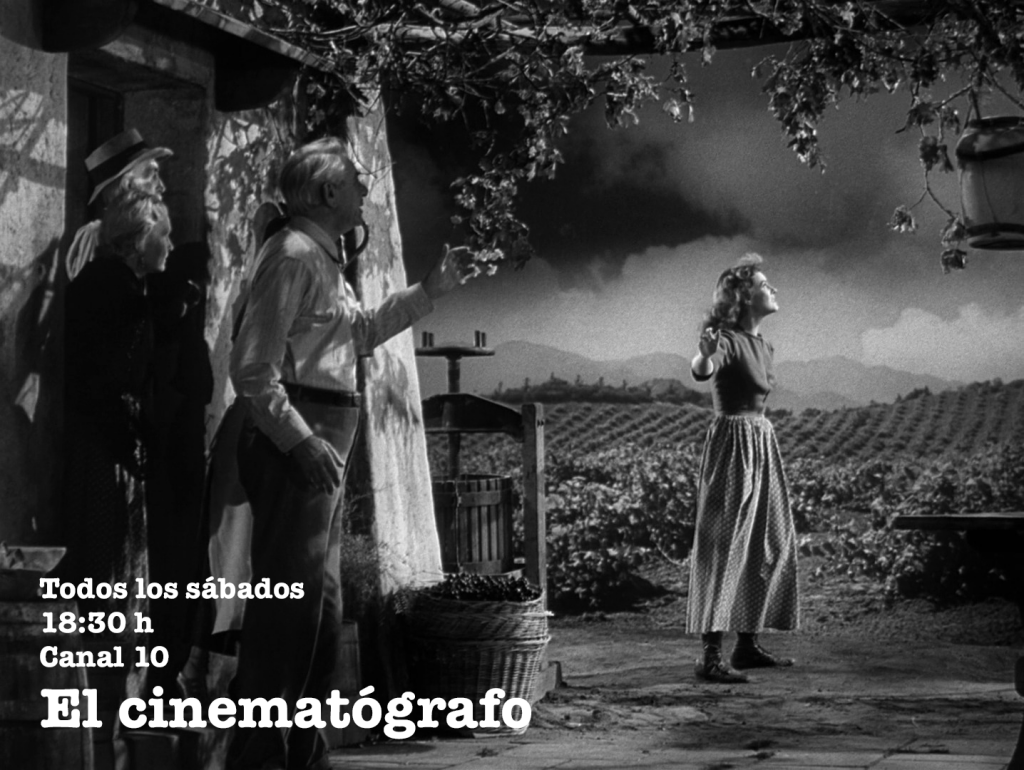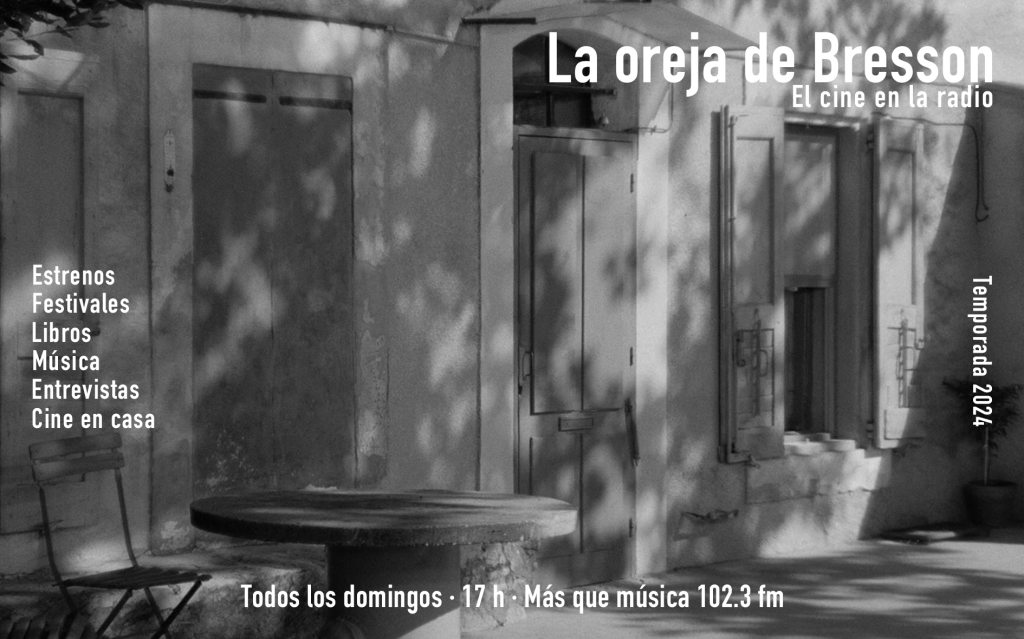
OLHAR DE CINEMA 2015 (04): FICTION AND FREEDOM
By Roger Koza
Favula is one of the most beautiful and singular movies of the last years. Who could have filmed something like this not having studied cinema nor in the Moon or in Jupiter? Ituzaingó, a town not too far away from the city of Buenos Aires, and obligatory reference in all the director’s work is absent in this film, maybe because it’s original inspiration comes from an anonymous african story. So does this means his place is in an African jungle?
Let’s say Favula was shot in a country named cinema. His director, the south independent cinema’s true father, decided to reinvent himself after making over 30 movies. His two previous works were already a warning (Las pibas y P3nd3jo5, the first one a lucid portrait of the work environment’s universe, and the second one a cumbia-opera in which skaters turned into crucified ghosts by a social system that kicked them away) of Perrone’s new period. His two previous works (Las pibas y P3nd3jo5) were already a indication. P3nd3jo5 was a remarkable film, one of those movies that a filmmaker does only once in his life and then struggles to overcome it. But Perrone did not waste a minute and decided to adventure himself in an unknown land.
Two brothers, a beautiful young girl, an army man, a witch and a man that could be her husband. These characters walk around the jungle, although in certain occasions the action takes place in an inhospitable house. Nothing will happen, except one scandalous thing: the young girl will be sold. A wild economy? An indirect wink about sexual slavery’s popularity in the marginal regions in Argentina? There is something sinister and uncanny, secretly grim in this world between magical and paradisiac and it has nothing to do with the menacing presence of the tiger, that appears once in a while.
The narrative minimalism and the few pronounced dialogues in an inexistent language have their counterpart in a remarkable formal maximalism: the jungle, rain and lightning’s sound are juxtaposed to a musical soundtrack, that stimulate a way of hearing, close to an enchantment; the fades between human figures and the chosen ecosystem disrupt with the habitual proportions and the natural symmetries and forward that visible order to an oneiric and mythical universe, never seen before.
Maybe it is a return to the “primitive” cinema to reencounter with the original inspiration of the old masters, who knew how to sculpt a grammar. But it is not a retro gesture or a complacent cinephile’s quote. Perrone takes over cinema’s past and history to relaunch it in the XXI Century and show that, with the ancestor’s help, the perceptive pleasure in a movie theater doesn’t necessarily subscribe to the anabolic hiperrealism of 3D.
Set somewhere in Argentina’s south during the Conquest of the Desert in the 19th century, the story begins with a conversation between a Danish cap- tain, Gunnar Dinesen, and Ingeborg, his teenage daughter. The formal treatment will be a surprise because of its unorthodox framing and the non-naturalist lighting of the scene. During the opening minutes, Alonso shows (almost) all of his characters and sets them in a historic landscape which is just as recognizable as it is blurry. We’ve got soldiers, Creoles, landowners, foreigners, and Indians who inhabit the desert while a nation is slowly built.
One could expect an evolution in the narrative about social tensions in those times, and an antagonistic political logic represented by the clashing between civilization and barbarity. However, although Lisandro Alonso shows some conflicts between the various groups acting in those times, he is more interested in showing the story of a man who gets lost in his own loneliness as he looks for his daughter who ran away with a Creole man.
When everything is lost, as the Danish captain climbs a mountain, he finds a mysterious dog. The choen depth of field for this scene highlights the distance and the surprise in this encounter; animal and man see each other and then the dog takes the man to a hidden realm, perhaps the one where all tales come from. After that, the whole logic of representation is changed and the film is sent into a universe of fantasy.
A very special character poses a question: “What makes life carry on? What keeps it going?” The whole film is an answer to this question; Jauja presents a triple mise en abyme that offers a respectful and direct glance to our fiction instinct. Precisely at the moment when the mineral word is about to gulp down the captain and doom him to everlasting silence, just when rocks are about to defeat words, fiction is invoked as what it is —a symbolic action that casts away boredom and moves our species forward.
Roger Koza / Copyleft 2015







Últimos Comentarios